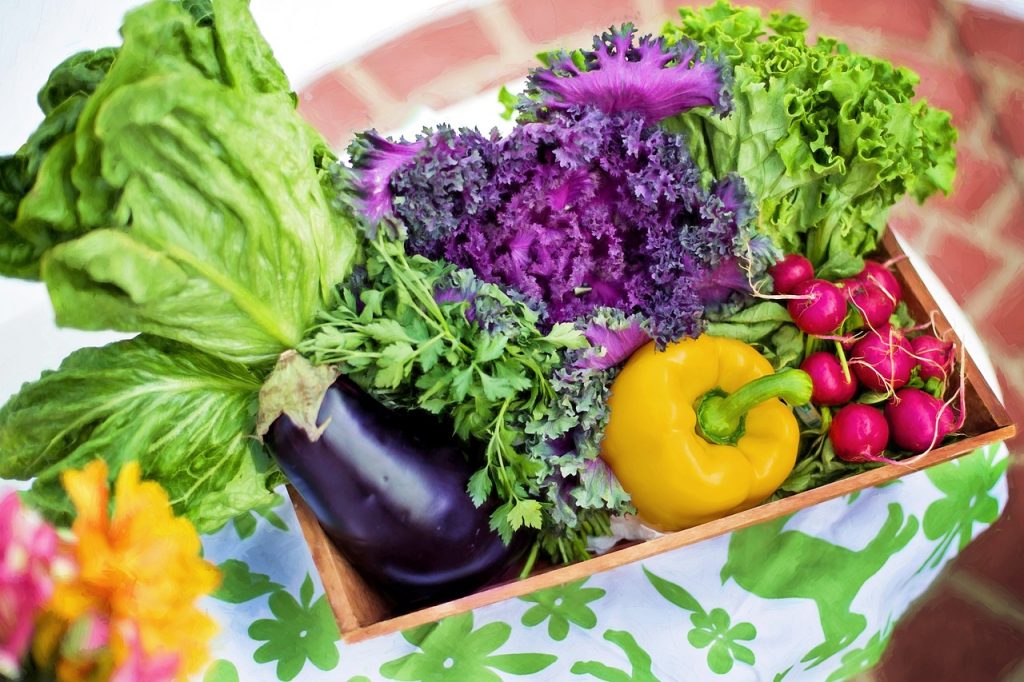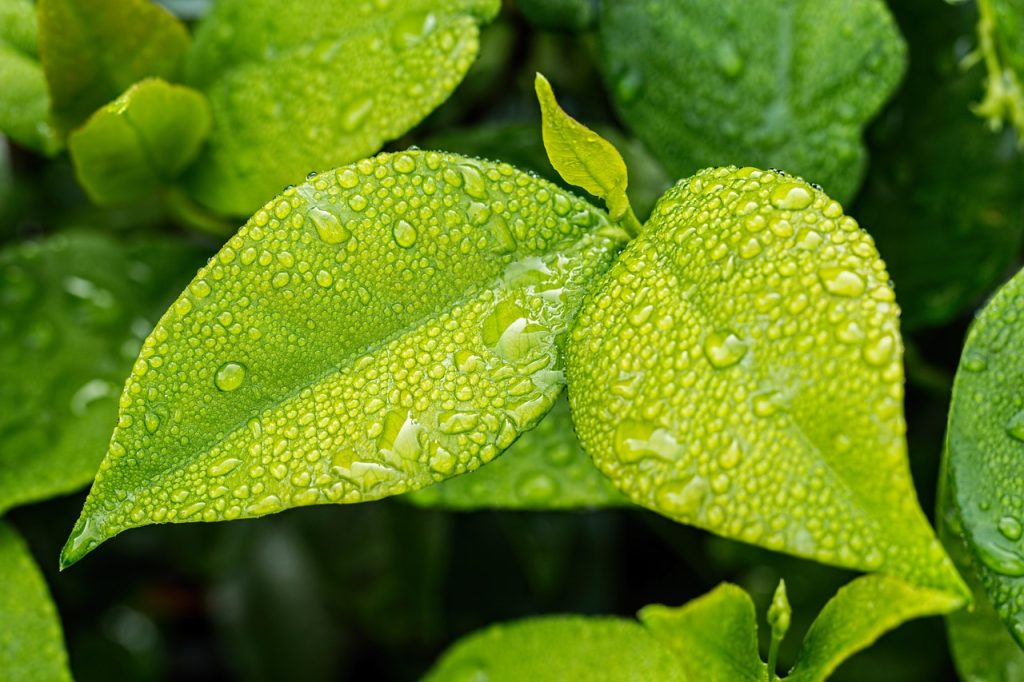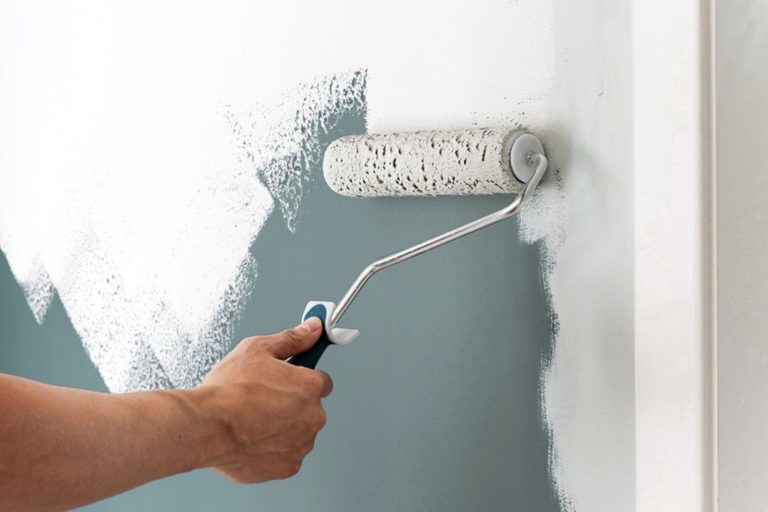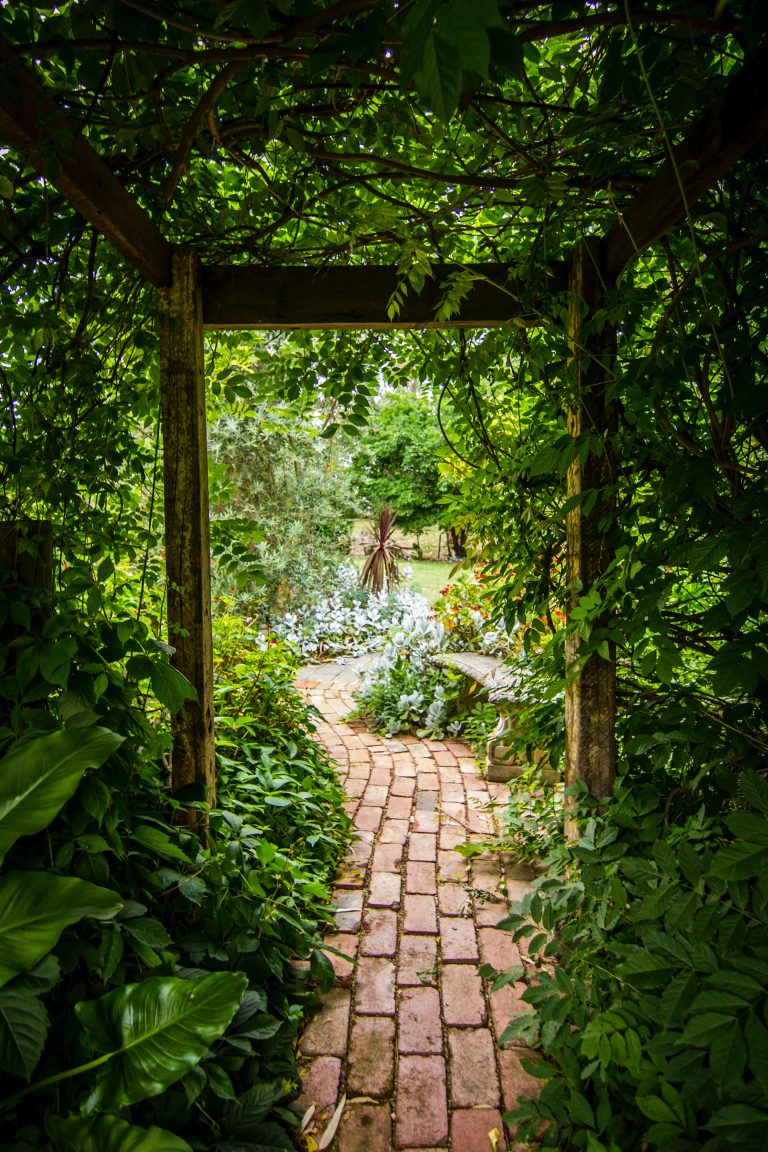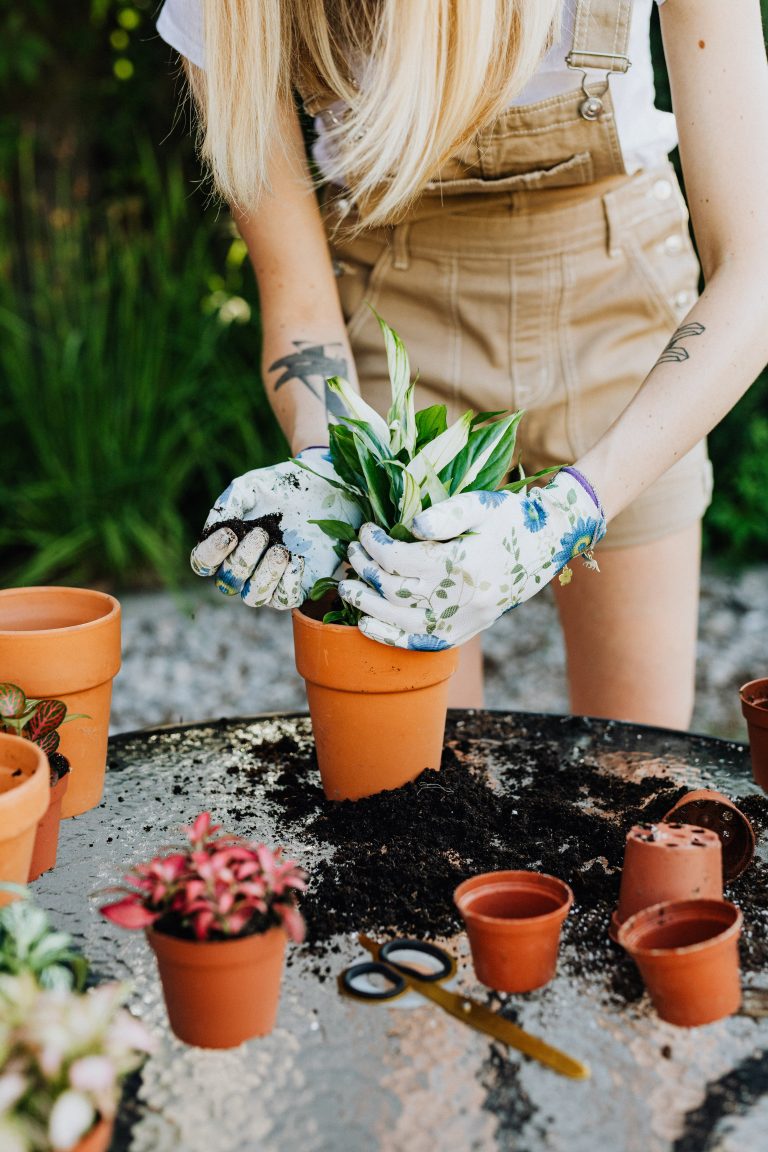So you’ve decided to embark on the exciting journey of creating your own home garden. Whether you have a green thumb or are new to gardening, the steps to prepare a home garden are not as daunting as they may seem. With a little bit of planning, some basic tools, and a whole lot of enthusiasm, you can transform your outdoor space into a beautiful haven of flowers, vegetables, and lush greenery. In this article, we will guide you through the essential steps to kickstart your home gardening adventure, from selecting the ideal location and preparing the soil to choosing the right plants and providing proper care. Get ready to dig in and watch your garden flourish!
Table of Contents
ToggleChoosing the Location
When it comes to starting a home garden, one of the first things you’ll need to consider is the location. Assessing sunlight availability is crucial, as most plants require several hours of direct sunlight each day. Take note of the areas in your yard that receive the most sunlight and choose a spot that can accommodate your garden’s needs.
Another factor to consider is soil quality. Take some time to evaluate different areas of your yard and determine which spots have the best soil. Look for areas with loose, well-draining soil that is rich in organic matter. This will provide an optimal environment for your plants to thrive.
In addition to sunlight and soil quality, it’s important to check for good drainage in your chosen location. Poorly drained soil can lead to waterlogged roots and ultimately result in the death of your plants. Make sure that the area you select has proper drainage to prevent any potential issues in the future.
Lastly, consider the proximity of your chosen location to a water source. You’ll likely need to water your garden regularly, so having easy access to a water supply will make the process much more convenient. Choose a location that is within reach of a hose or another water source to make watering your plants a breeze.
Designing the Layout
Once you’ve chosen the perfect location for your home garden, it’s time to start designing the layout. Begin by deciding on the size of your garden. Consider the available space in your yard and how much time and effort you’re willing to invest in maintaining your garden. A smaller garden may be more manageable for beginners, while avid gardeners may opt for a larger garden to accommodate a wider variety of plants.
Another important aspect of designing your garden layout is planning the pathways. Determine the best paths to navigate through your garden to ensure easy access to all areas. This will make planting, harvesting, and general maintenance a much smoother process.
When allocating space for different plants, consider their specific needs and growth habits. Some plants may require more space than others, so take this into account when determining how much room to allocate. Additionally, consider the potential for vertical gardening options, such as trellises or hanging planters, to maximize your use of space and create an aesthetically pleasing garden.
Clearing the Area
Before you can start planting, it’s important to clear the area of any existing vegetation. Remove weeds, grass, and other unwanted plants from your chosen garden spot. This will ensure that your plants have the best chance of thriving without competing for resources with unwanted vegetation.
Once the area is clear, you’ll need to prepare the soil for planting. This can be done by raking or tilling the soil to loosen it up and remove any clumps or debris. By doing this, you’ll provide a better environment for your plants’ roots to establish and grow.
Additionally, it’s essential to eliminate any remaining weeds or grass that may have survived the initial clearing process. Weeds can quickly overtake your garden and steal valuable nutrients from your plants. Take the time to remove any remaining unwanted plants to give your garden a fresh start.
Lastly, level the ground to create a smooth surface for planting. This will ensure that water is distributed evenly throughout your garden and prevent any pooling or runoff that could harm your plants. A level surface will also make gardening tasks more comfortable and efficient.
Improving Soil Quality
In order to create an environment that supports healthy plant growth, it’s important to assess and improve the quality of your soil. Start by testing the soil composition to determine its pH level and nutrient content. This will help you understand what adjustments need to be made to create the optimal growing conditions for your plants.
Once you have a better understanding of your soil’s composition, you can begin amending it with organic matter. This could include materials such as compost, leaf mold, or well-rotted manure. Mixing these organic materials into the soil will improve its structure, increase its nutrient content, and enhance its ability to retain moisture.
Adding compost or manure to your soil is an excellent way to provide your plants with a nutrient boost. These organic materials are packed with essential plant nutrients and will help your plants thrive. Remember to balance the pH levels of your soil as well, as certain plants prefer specific pH ranges.
Installing Garden Beds
For many gardeners, installing garden beds is a popular choice as it provides a controlled environment for plant growth. There are different types of garden beds to choose from, such as raised beds or traditional ground-level beds. Raised beds are particularly beneficial as they improve drainage and create a favorable environment for healthy root development.
Once you’ve decided on the type of garden bed you want, you can either build your own or purchase pre-made garden bed frames. Building your own allows for customized sizing and design, while pre-made frames can save time and effort. Whichever option you choose, make sure the beds are sturdy and well-supported to hold the weight of the soil and plants.
Before planting, it’s important to prepare the garden beds by loosening the soil and removing any debris or weeds. This will create an optimal environment for your plants’ roots to establish and grow. Take the time to ensure the beds are properly prepared to set your plants up for success.
Selecting and Obtaining Seeds or Seedlings
Choosing suitable plants for your home garden is an exciting process. Consider factors such as the climate in your area, the amount of sunlight your garden receives, and your personal preferences when selecting plants. Research which plants thrive in your region and match them to the conditions of your garden.
When it comes to obtaining plants, you have the option of starting from seeds or purchasing seedlings. Seeds provide a cost-effective way to grow a wide variety of plants, but they require time, patience, and proper care. Seedlings, on the other hand, offer a head start as they are already established and ready to be transplanted into your garden.
When searching for high-quality seeds or seedlings, look for reputable suppliers or nurseries. Ensuring the health and viability of your plants will greatly increase their chances of thriving in your garden. Take the time to find reliable sources to set yourself up for success.
Understanding the germination process is also crucial when working with seeds. Make sure to read the instructions on seed packets or do some research to learn about the specific requirements for each type of seed. Providing the right conditions for germination will increase the chance of successful plant growth.
Planting and Transplanting
Following recommended planting times is important to ensure the success of your garden. Different plants have varying preferences when it comes to temperature and season, so be sure to check the planting guidelines for each plant you’re growing. Planting at the right time will help your plants establish healthy roots and thrive.
Prepare the soil for planting by loosening it and removing any debris or rocks. This will create a welcoming environment for your plants’ roots and allow them to penetrate the soil easily. Depending on the type of plant, create suitable planting holes or furrows to accommodate the root structure.
When transplanting seedlings, handle them carefully to avoid damaging their delicate roots. Dig a hole large enough to accommodate the root ball and gently lower the seedling into the hole. Take care not to bury the seedling too deep or leave any roots exposed. Firm the soil around the seedling and water it immediately to help it establish in its new environment.
Providing Necessary Watering
Determining the watering requirements of your plants is essential for their growth and survival. Different plants have different needs when it comes to water, so do some research to understand how much and how often to water each type of plant in your garden. Providing your plants with the appropriate amount of water will help them flourish.
Investing in watering tools or systems can greatly simplify the task of watering your garden. Options such as soaker hoses, drip irrigation systems, or even a simple watering can can make the process more efficient and ensure water is delivered directly to the plant’s root zone. Choose the watering method that works best for you and your garden’s needs.
When watering your plants, aim for regular and even watering. This will help maintain consistent moisture levels in the soil and prevent overwatering or underwatering. Avoid watering during the hottest part of the day to minimize water loss due to evaporation. Water in the morning or evening when temperatures are cooler to maximize absorption by the plants’ roots.
Implementing Pest Control Measures
Garden pests can quickly wreak havoc on your plants, so it’s important to implement pest control measures to protect your garden. Start by identifying common garden pests in your area and familiarize yourself with their characteristics and habits. This will help you develop effective strategies to combat them.
Using organic pest control methods is a safe and environmentally friendly approach to managing pests in your garden. These methods include attracting beneficial insects, such as ladybugs or lacewings, which naturally prey on garden pests. You can also make your own organic pest sprays using ingredients like neem oil or garlic.
Creating barriers or using natural repellents can also be effective in keeping pests at bay. Physical barriers, such as netting or row covers, can prevent pests from reaching your plants. Additionally, certain plants have natural pest-repellent properties, so consider planting them strategically throughout your garden.
Regularly inspecting your plants for signs of pests is crucial for early detection and prevention of infestations. Look for chewed leaves, discoloration, or other visible damage. Take immediate action if you spot any pests to prevent them from spreading and causing further harm to your garden.
Fertilizing and Mulching
Providing your plants with the necessary nutrients is vital for their growth and productivity. Choosing suitable fertilizers for different plants will help ensure they receive the specific nutrients they require. There are various types of fertilizers available, including organic options like compost or well-rotted manure.
When applying fertilizers, it’s important to do so at the right time and in appropriate quantities. Follow the instructions on the fertilizer packaging or consult gardening resources to determine the correct application rates for your plants. Overfertilization can harm your plants, so be mindful of the recommended dosage.
Implementing mulching in your garden offers several benefits. Mulch helps conserve moisture in the soil, reducing water evaporation and the need for frequent watering. It also acts as a barrier, preventing weed growth and reducing competition for resources. Choose organic mulch materials, such as straw or wood chips, to further enhance soil health.
By following these comprehensive steps to prepare a home garden, you’ll be well on your way to creating a thriving oasis right in your own backyard. Remember to assess sunlight availability, consider soil quality, and determine proximity to a water source when choosing your garden’s location. Design the layout with efficiency in mind, clear the area, and improve soil quality before installing garden beds. Select suitable plant varieties, prepare the planting area, and provide adequate watering, pest control measures, and fertilization. With patience, care, and the right techniques, you’ll soon be enjoying the beauty and bounty of your very own home garden.


